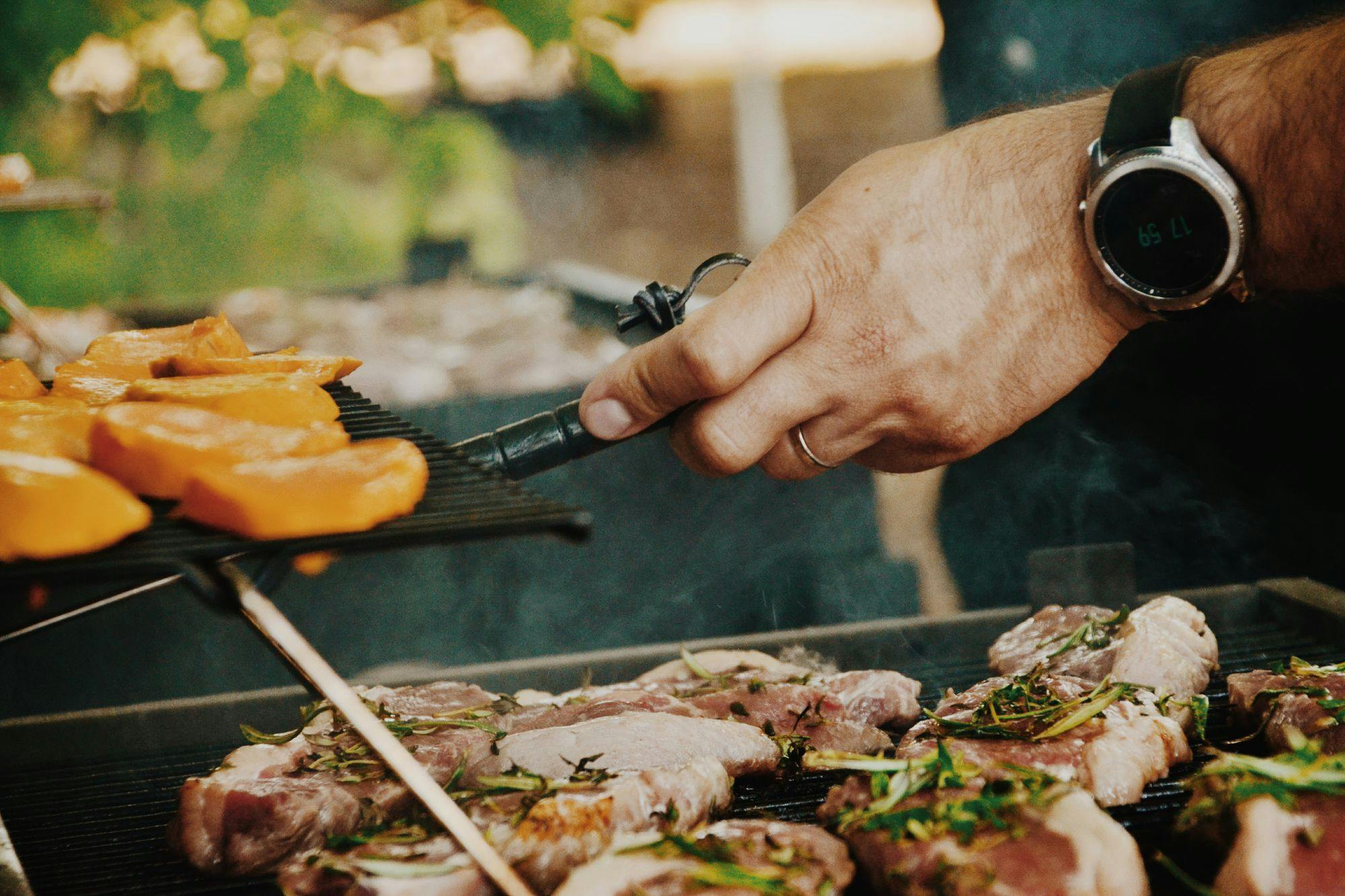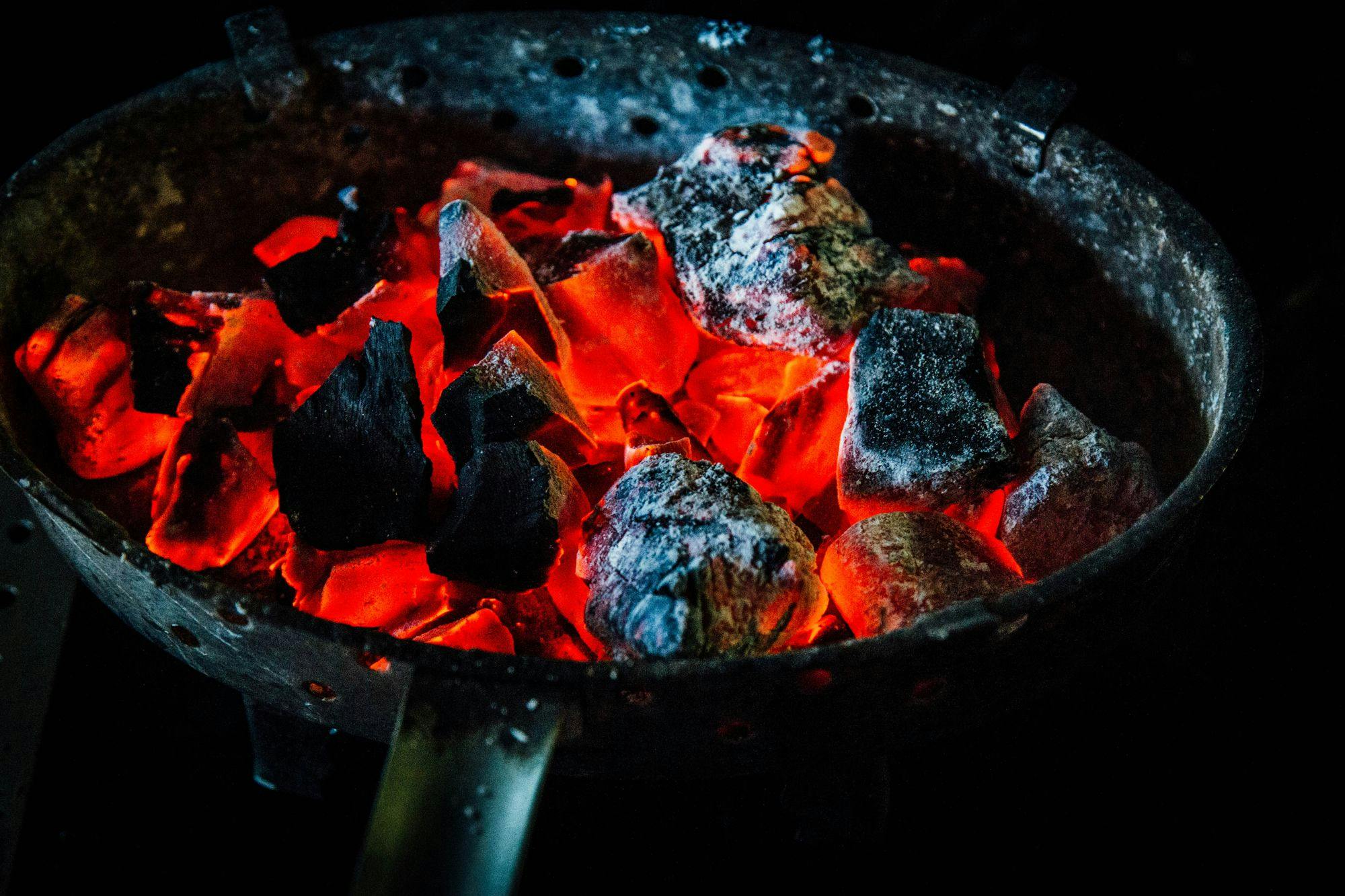Introduction
Canning is a wonderful way to preserve the bounty of your garden and enjoy the fruits of your labor all year round. It not only extends the life of your homegrown produce but also allows you to customize recipes and retain the nutritional value of the ingredients. In this comprehensive guide, we will explore the world of canning and its connection to garden therapy, DIY garden projects, yummy recipes, and crafty goodness. Get ready to dive into the delicious and rewarding world of canning!
The Benefits of Canning
Preserving the Harvest
One of the most significant benefits of canning is the ability to preserve the harvest. When you have a thriving garden, it's common to have an abundance of produce that can't be consumed all at once. Canning allows you to store and enjoy your garden goodies throughout the year, even when your garden is no longer producing. Imagine opening a jar of homemade salsa or pickles in the dead of winter and being transported back to the vibrant flavors of summer!
Nutritional Value
When you can your own produce, you have control over the entire process, from seed to jar. This means you can ensure that your canned goods retain their nutritional value. Freshly harvested fruits and vegetables are packed with vitamins and minerals, and canning them at their peak ripeness helps preserve these nutrients. Canned foods are a great addition to your pantry, providing you with a taste of summer during the colder months.
Cost-Effective
Buying canned goods from the store can quickly add up, especially if you prefer organic or specialty items. Canning your own produce can save you money in the long run. By utilizing your garden's abundance or purchasing in-season produce in bulk, you can create a pantry stocked with delicious and cost-effective goodies. Plus, you have the added satisfaction of knowing exactly what ingredients went into your canned goods.
Control Over Ingredients
Canning allows you to tailor recipes to suit your dietary preferences and restrictions. Whether you need to limit sugar, avoid certain allergens, or simply prefer a certain flavor profile, homemade canned goods give you the flexibility to create personalized recipes. You can experiment with different spices, herbs, and sweeteners to find the perfect combination that suits your taste buds.
Selecting the Right Produce for Canning
To create delicious canned goodies, it's important to choose the freshest and ripest fruits and vegetables. When selecting produce for canning, keep the following tips in mind:
Choose fruits and vegetables at their peak ripeness for the best flavor and texture.
Avoid overripe or underripe produce, as they may not can well.
Look for blemish-free and unblemished fruits and vegetables.
Opt for organic or locally grown produce whenever possible.
It's also essential to understand the suitability of different produce for canning. Some fruits and vegetables can be canned as is, while others may need to be blanched or cooked before canning. Consult reliable canning resources or recipes to ensure you are selecting the right produce and preparing it correctly.
Once you have selected your produce, it's time to harvest and prepare it for canning. Harvesting at the right time of day, when the fruits and vegetables are at their peak, ensures optimal flavor and nutrient content. Wash the produce thoroughly, removing any dirt or debris. Trim and cut the fruits and vegetables according to the specific canning recipe you are following.
A Delicious Canning Recipe: Homemade Strawberry Jam
Now that you have a good understanding of the benefits of canning and selecting the right produce, let's dive into a delicious canning recipe: homemade strawberry jam. This recipe is perfect for beginners and will yield jars of sweet and tangy jam that can be enjoyed on toast, scones, or even as a topping for ice cream. Here's what you'll need:
Ingredients:
4 cups of fresh strawberries, hulled and chopped
4 cups of granulated sugar
1/4 cup of lemon juice
1 package of powdered fruit pectin
Optional: 1 tablespoon of butter to reduce foaming
Step-by-step instructions for canning strawberry jam:
Preparing the strawberries: Wash the strawberries and remove the hulls. Chop the strawberries into small pieces, ensuring they are all roughly the same size.
Cooking the jam mixture: In a large pot, combine the strawberries, sugar, and lemon juice. Stir well to combine. Place the pot over medium heat and bring the mixture to a boil, stirring frequently.
Sterilizing the jars and lids: While the jam mixture is cooking, prepare your jars and lids by washing them in hot, soapy water. Rinse thoroughly and place the jars in a large pot of boiling water to sterilize them. Simmer the lids in a separate small pot of hot water.
Filling and sealing the jars: Once the jam mixture has reached a rolling boil, add the powdered fruit pectin and stir well. Continue to boil the mixture, stirring constantly, for another minute. Remove the pot from the heat.
Using a jar lifter, carefully remove the sterilized jars from the boiling water. Place them on a clean towel. Ladle the hot jam mixture into the jars, leaving about 1/4 inch of headspace at the top. Wipe the rims of the jars with a clean, damp cloth to remove any spills or residue.
Use a magnetic lid lifter or tongs to remove the lids from the hot water and place them on top of the filled jars. Screw on the bands until they are fingertip tight.
Processing the jars in a water bath: Fill a large pot or canner with enough water to cover the jars by at least 1 inch. Place the filled and sealed jars into the pot, making sure they are not touching each other or the sides of the pot. Bring the water to a boil and process the jars for 10 minutes.
After the processing time is up, turn off the heat and carefully remove the jars from the water bath using a jar lifter. Place them on a clean towel and let them cool undisturbed for 12 to 24 hours.
Checking the seal and storing the jars: After the jars have cooled, check the seals by pressing down on the center of the lids. If the lid is firm and doesn't move, the jar is sealed. Store the sealed jars in a cool, dark place for up to a year. If any jars did not seal properly, you can refrigerate and consume them within a few weeks.
Tips and tricks for achieving the perfect consistency and flavor:
Use fully ripe strawberries for the best flavor.
Stir the jam mixture frequently while it's cooking to prevent it from sticking to the bottom of the pot.
Adding a tablespoon of butter to the mixture can help reduce foaming.
If you prefer a smoother jam, use a potato masher or immersion blender to break down the strawberry pieces before adding the pectin.
Optional variations and additions to customize the recipe:
Add a tablespoon of balsamic vinegar for a touch of tartness.
Stir in a teaspoon of vanilla extract for a hint of sweetness.
Mix in a tablespoon of finely chopped fresh mint leaves for a refreshing twist.
Enjoy your homemade strawberry jam on toast, as a filling for pastries, or even as a gift for friends and family. The possibilities are endless!
Pitfalls to Watch Out for When Canning
While canning is a rewarding and delicious endeavor, there are a few pitfalls to watch out for. Here are some common mistakes and how to avoid them:
Improper sterilization and sealing of jars: It's crucial to properly sterilize your jars and lids before filling them with the hot jam mixture. Follow the recipe instructions for sterilization methods and make sure to use new lids or properly sterilized used ones. Also, ensure that the jars are properly sealed by checking the lids for firmness before storing them.
Understanding the importance of acidity and pH levels: Some fruits and vegetables have low acidity levels, making them susceptible to bacterial growth. It's essential to follow tested canning recipes or use reliable resources that provide guidelines for the appropriate acid levels needed for safe canning. Adding lemon juice or vinegar to low-acid produce can help increase acidity and prevent spoilage.
Identifying signs of spoilage and when to discard canned goods: Properly canned goods should have a sealed lid and show no signs of leakage, bulging, or mold. If you notice any of these signs or detect an off smell or taste when opening a jar, discard the contents immediately. It's better to be safe than sorry when it comes to food safety.
Serving Ideas for
About Erika Oliver
Erika Oliver is a passionate writer, community advocate, and culinary enthusiast dedicated to bringing people together through the art of barbecue and neighborhood connections. With a profound love for both food and community, Erika has become an influential voice in promoting the joy of gathering around the grill and fostering a sense of belonging among neighbors.



